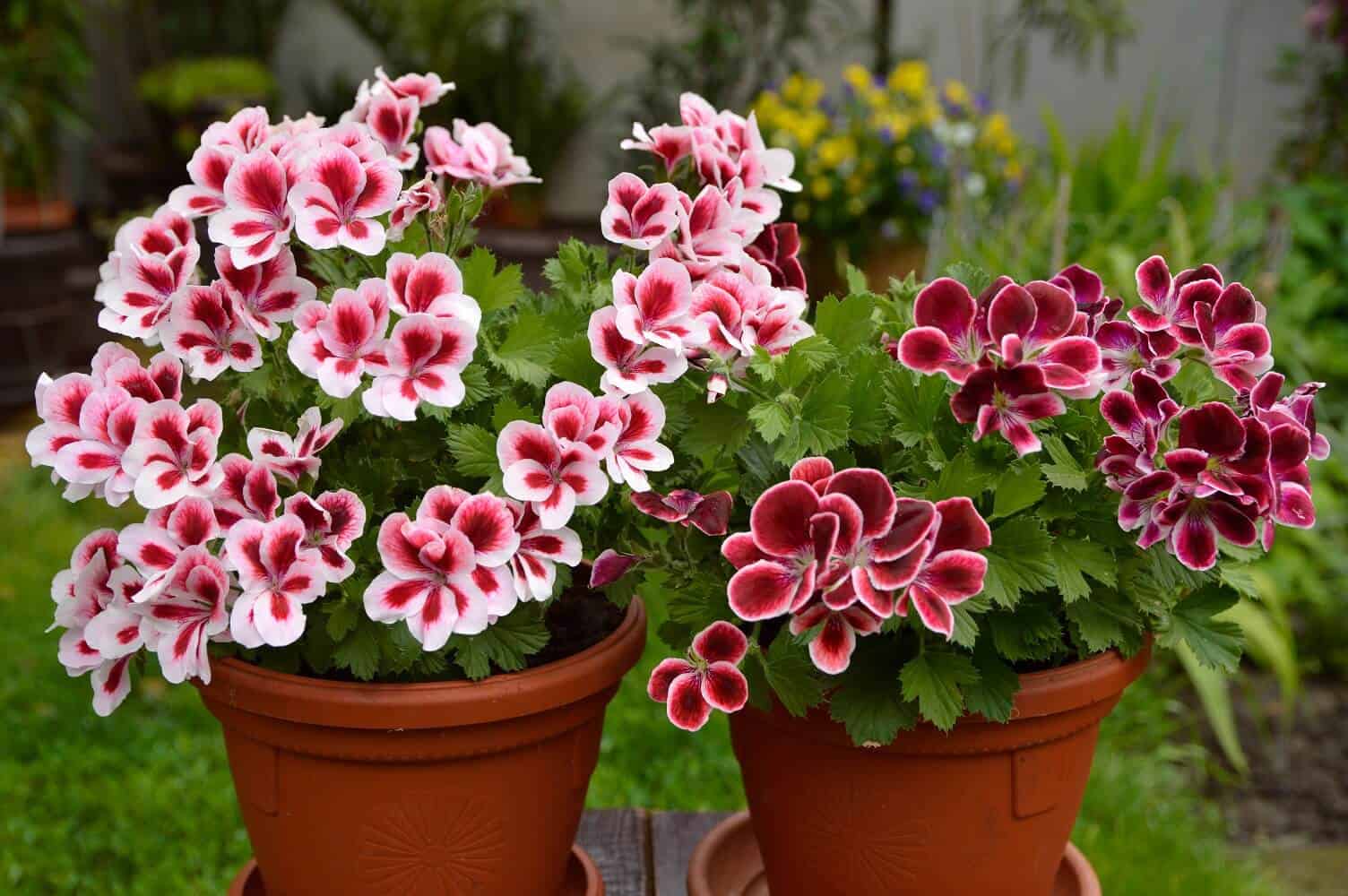
You’ve probably heard of geraniums! If you enjoy plants, you almost certainly have some at home. They’re also quite pretty and showy plants with colorful flowers. They are so fond of light that they thrive in the open air, gracing balconies and gardens… We’ll tell you all you need to know to get the most out of them!
Types of Geranium
Geraniums are a vast genus that includes many different types of plants. However, the following are the four most common:
The Common Geranium
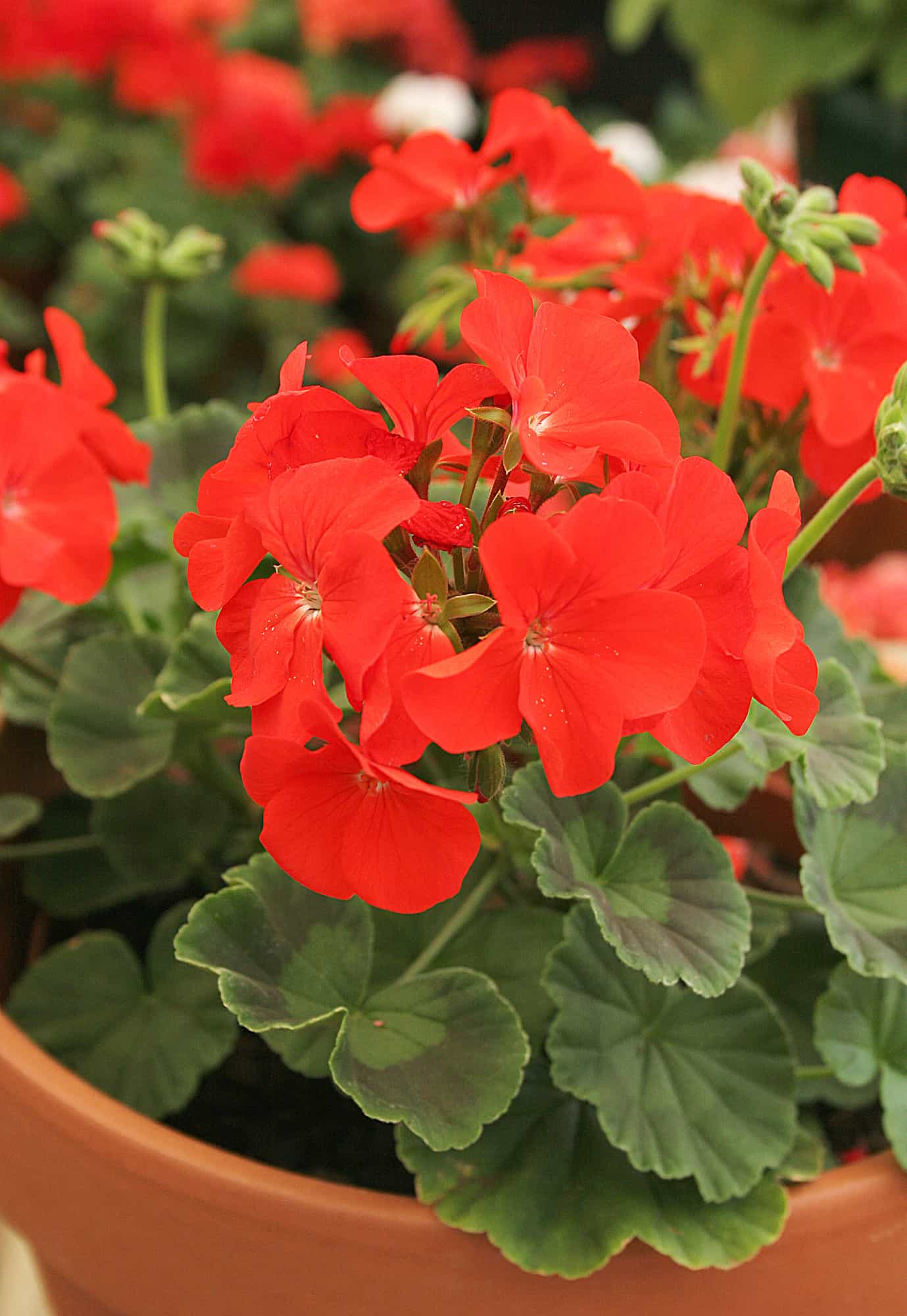
In most Mediterranean gardens and houses, the Pelargonium zonale, often known as the common geranium, is the most prevalent. It comes in a variety of hues, including red, pink, orange, and white, and the leaves (which are usually green) can have up to three different colors.
It is a perennial plant with a height of up to two meters but a typical length of 30 to 50 cm. Its velvety, lobed, two-toned flowers can be single or double, and they bloom from spring through the beginning of winter.
Pansy or Royal Geranium
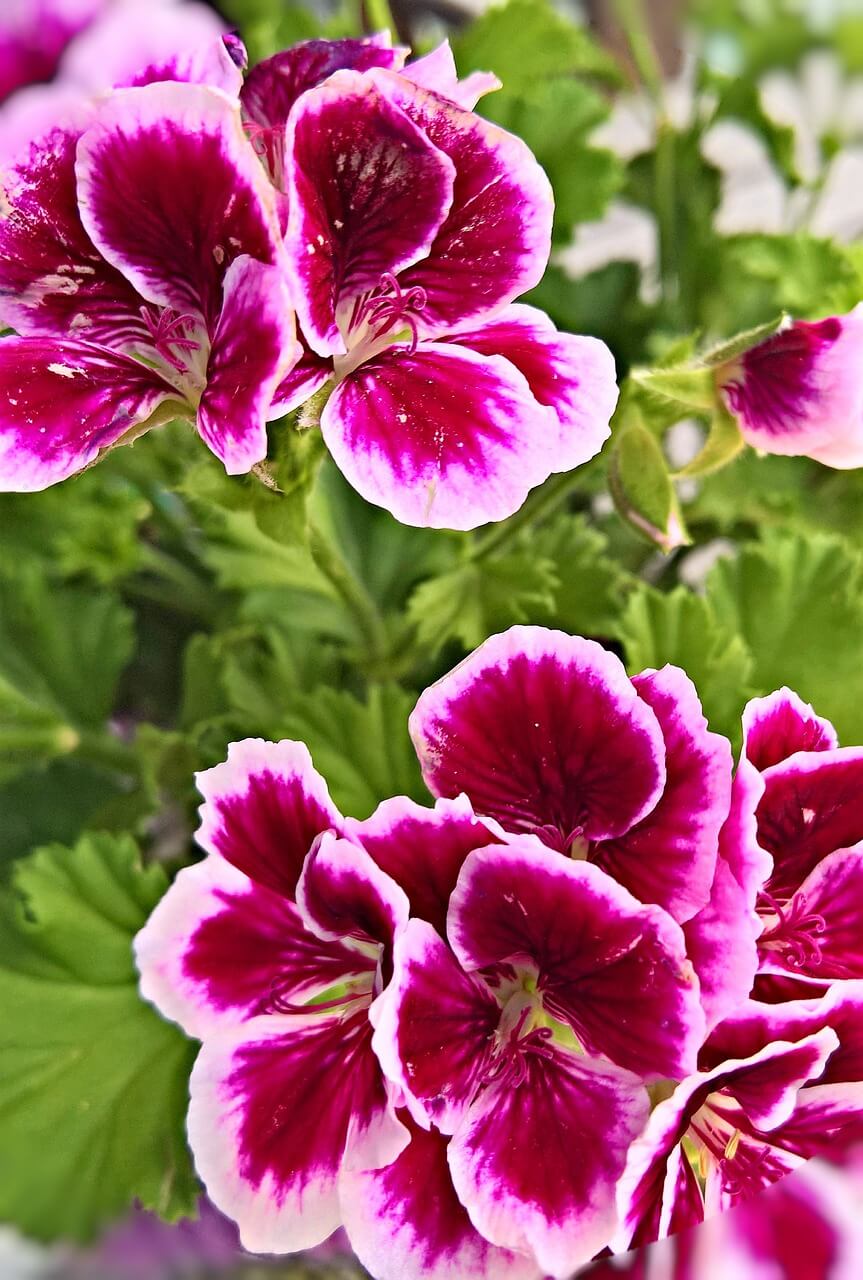
Garden geranium, often known as pansy or royal geranium, is the best geranium to grow inside. Its flowers are notable for their size and dark markings on the inside of the petals. The plant comes in a range of colors, ranging from white to purple, red to salmon. It’s also not uncommon to come across them in two or even three colors.
Its size is normally between 12 and 17 cm, and if you acquire one, make sure the leaves aren’t yellow and the flowers aren’t fully matured so you can enjoy it for longer!
Ivy Geranium
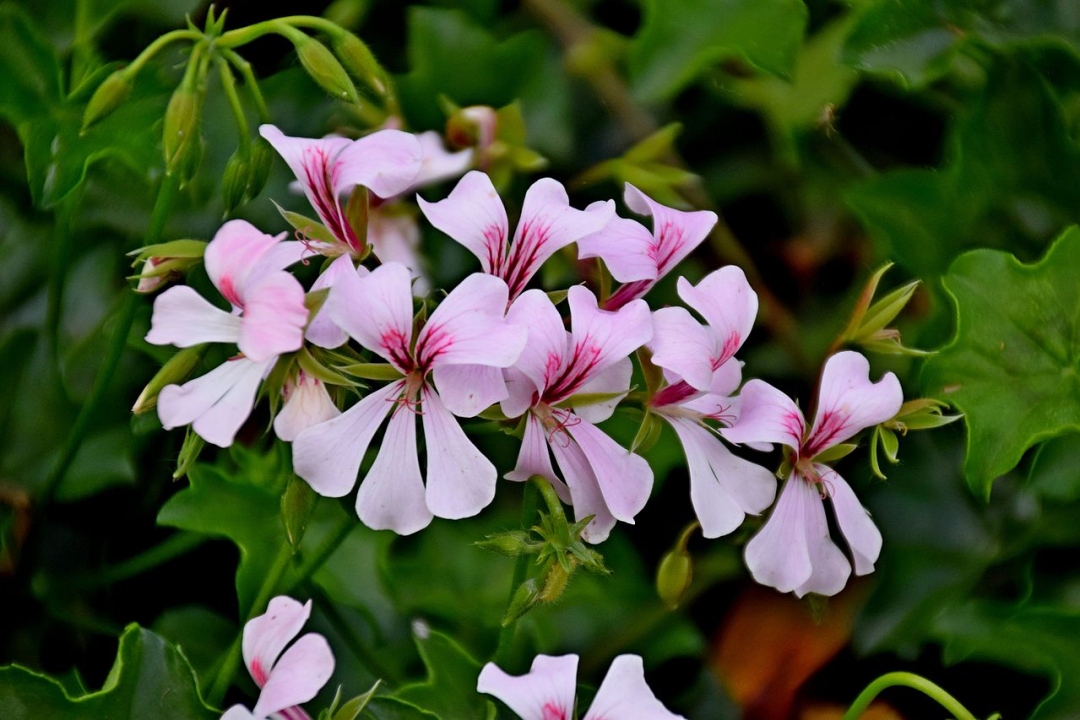
Pelargonium peltatum, often known as gypsy geranium or ivy geranium, is a popular choice for cascading on balconies and windows. It has five-lobed, fleshy leaves that resemble those of ivy.
It blooms in the spring and summer, with small, simple flowers in hues of pink, lilac, fuchsia, and purple.
Hollyhock or Aromatic Geranium
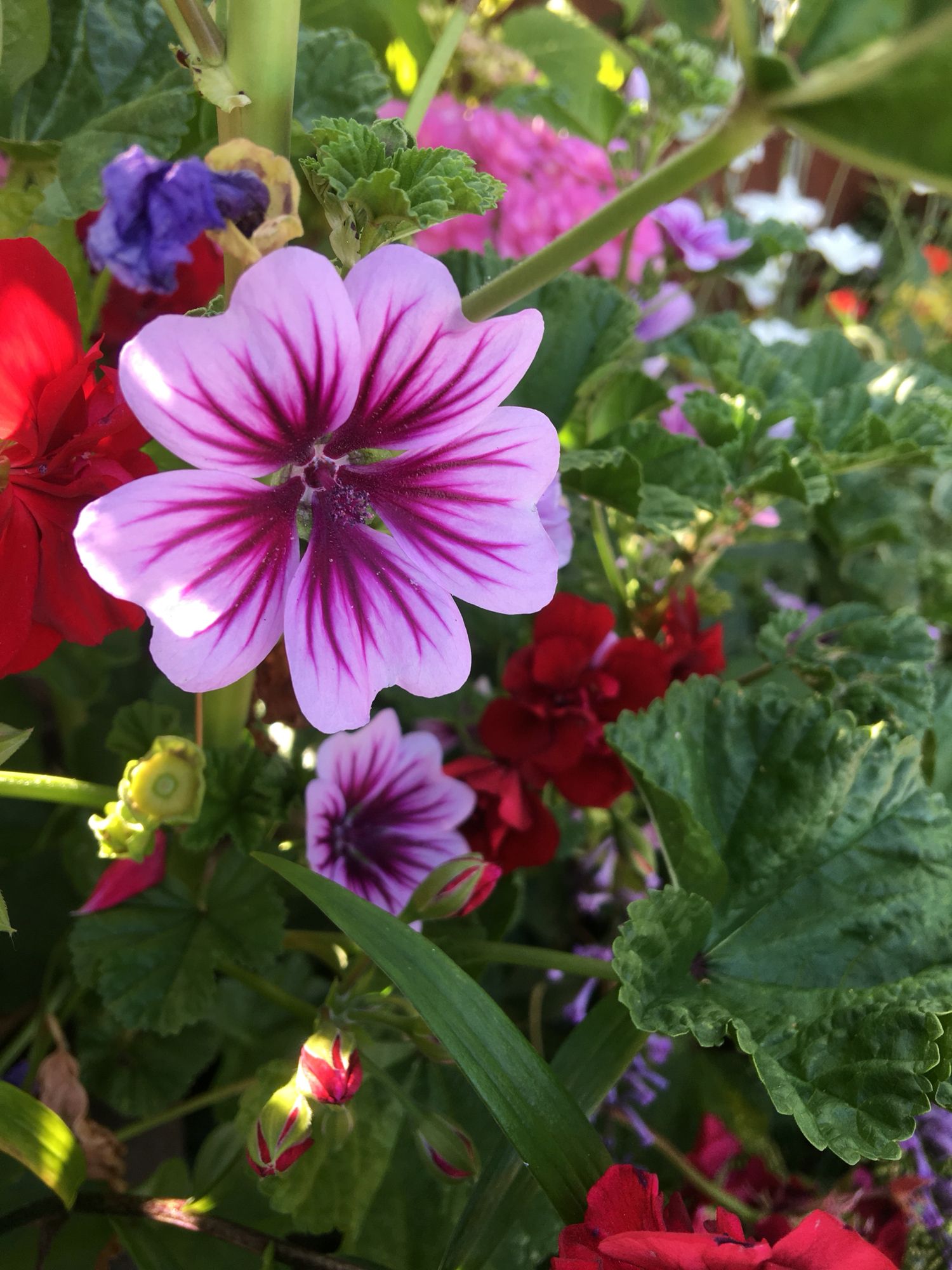
Pelargonium capitatum, often known as hollyhock or aromatic, is distinguished by its fragrant leaves, which emit a subtle lemon scent when brushed between the fingers.
Its leaves are often curled, and its flowers are asymmetrical and simple, with light tones. It’s also great for keeping mosquitoes at bay!
Geraniums: Basic Care
It’s no surprise that geraniums are so popular in gardens and private homes; they’re wonderful plants that are both showy and low-maintenance, and they’re also extremely hardy. It does, however, need to develop in specific conditions to look its best, just like any other plant.
Watering the Geraniums
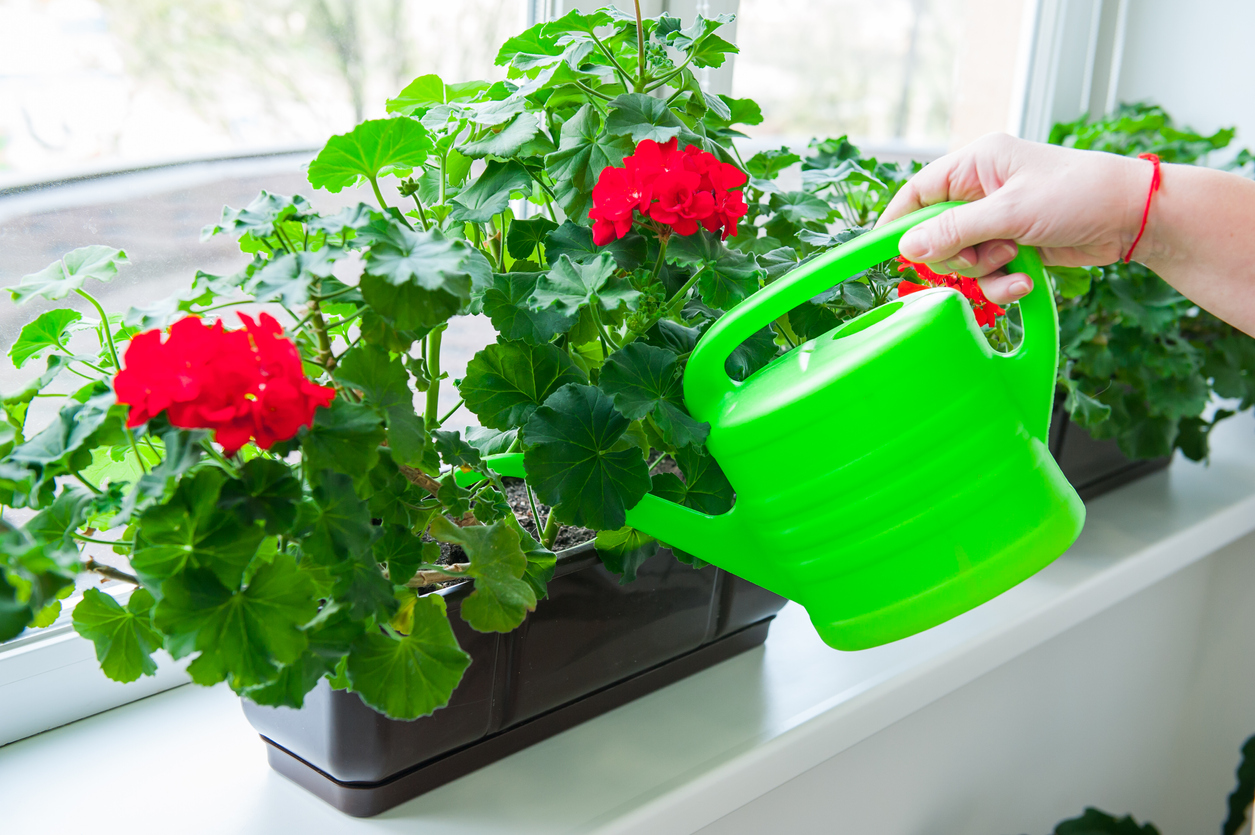
A geranium cannot be kept in perfect condition with a specific amount of water. The amount and frequency of irrigation required will be greatly determined by the climate of the location where it is grown.
As a result, if the soil is in a hot location where it is exposed to lengthy hours of sunlight, it will dry up faster and require more frequent watering. However, in colder climates or throughout the winter season, you must drastically minimize watering, since the geranium is sensitive to prolonged dampness.
In summer or in very hot settings, an indicative amount each day could be between 200 and 250 milliliters of water, and half that in winter or in cold climates, between 100 and 150 milliliters. In any case, water every two or three days, using the daily amounts listed above: 400 and 500 milliliters in the summer, and 200 and 300 milliliters in the winter. Still, bear in mind the condition of the soil: it must be moist but not wet, otherwise the plant will rot.
Proper Climate for Geraniums
Geraniums are a common sight outside, and they thrive when exposed to a lot of sunlight. And, while their optimal temperature is between 18 and 20 degrees Celsius, they can adapt to slightly hotter or colder regions.
If it’s winter or a very cold season, however, we recommend keeping your geranium indoors, as they don’t normally tolerate frost. To do so, put it in a pot and keep it in a bright room inside your house until the heat returns and you may return it to the outside.
Furthermore, it should be recognized that they are enemies of excessive humidity, which has an impact on both irrigation and rainfall. It is advisable to cover them with a plastic cover to protect them from the rain. Also, water on the ground rather than directly on the foliage and blooms.
Prune Geraniums: When and How to do It
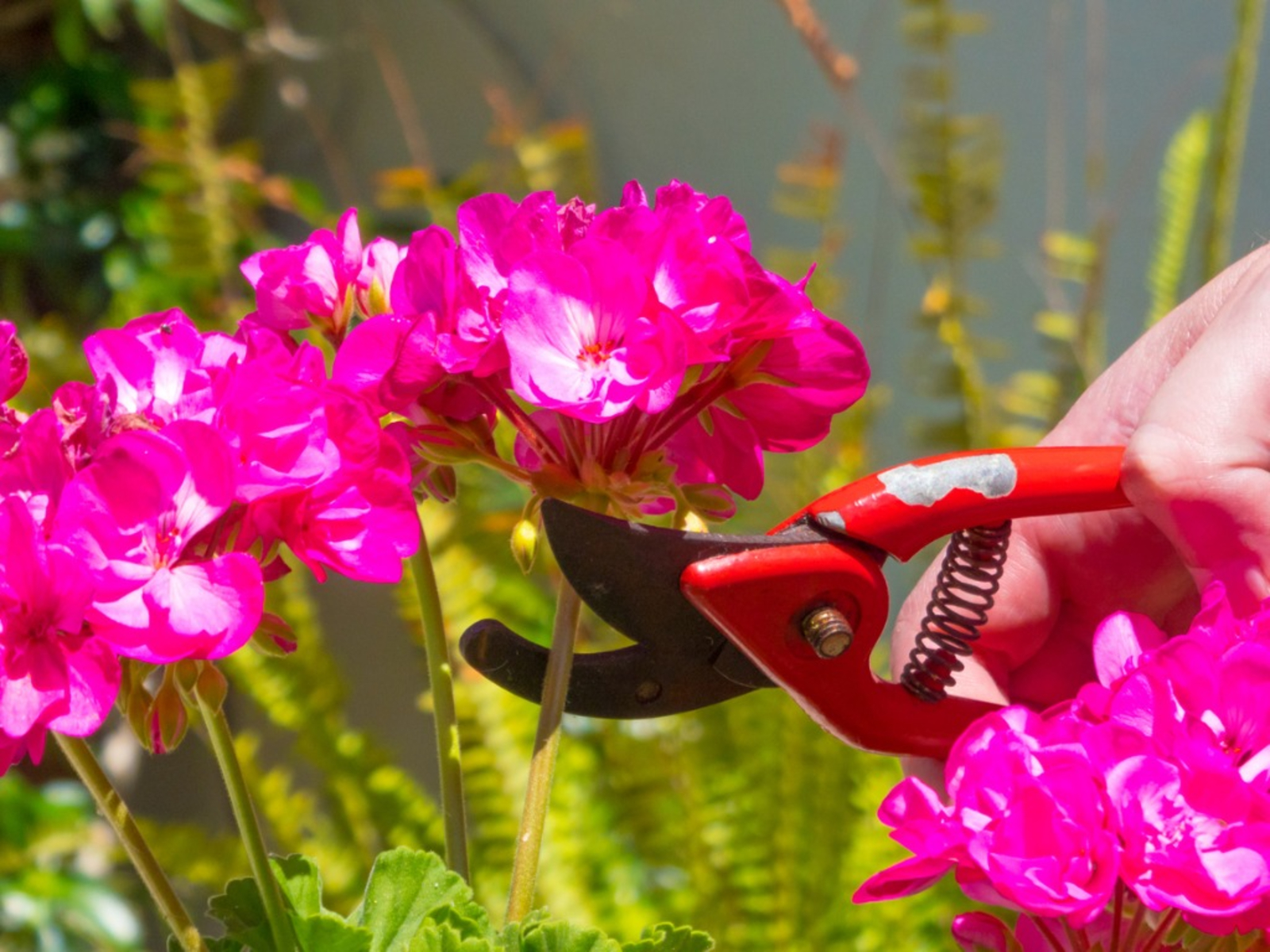
If you see dead leaves, stems, or blooms on your geranium, cut them off so they don’t take up the energy and nutrients that would otherwise go to the healthy parts of the plant.
Furthermore, pruning is required for them to continue to produce their prized blossoms. When do geraniums need to be pruned? After the summer flowering, in the autumn. If you reside in a really cold climate, however, you should wait until early spring before starting the blossoming process.
How? You must first consider the shape you want to give your plant (hanging, rounded, etc.) and then chop the branches accordingly. Furthermore, the stems must be cut at ground level, with the weaker or diseased stems being removed first. The plant will acquire a lot of energy, and you’ll notice how many more blossoms will emerge from a branch as a result of the pruning, so you’ll be encouraging the growth of a lot more flowers!
How to Plant Geraniums
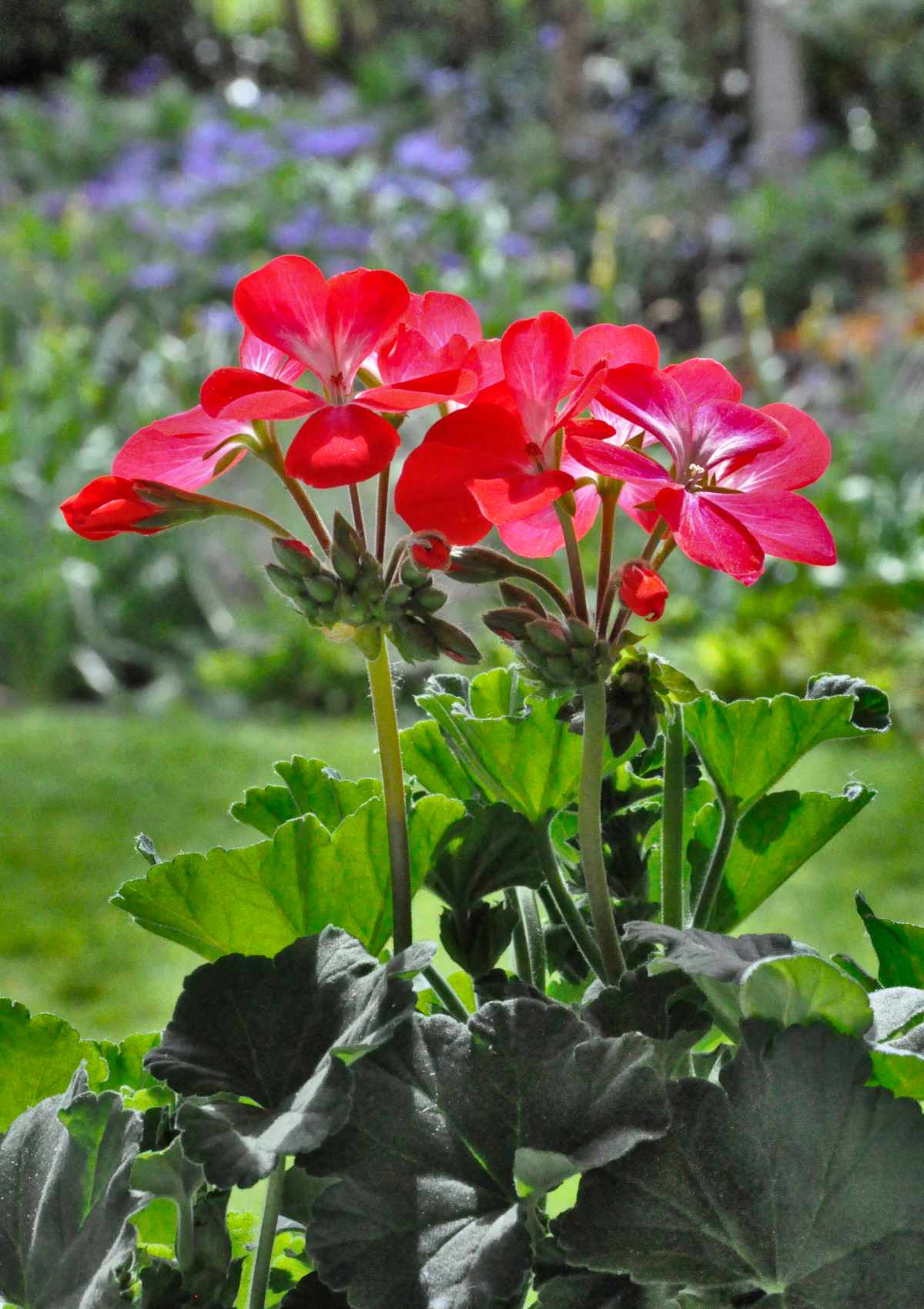
Would you like to grow your own geraniums? The first thing to keep in mind is that it’s best to do it in the spring, when there’s no risk of frost and flowering hasn’t started. If not, you can do it in the fall while protecting them from the cold, especially during the first several weeks.
If you’re going to put it in a pot, make sure it’s composed of clay so it drains well. The ground is also vital: it must have a neutral pH and be abundant in organic stuff. The most straightforward solution is to use some compost. Make small holes in the substrate for the geranium seeds or cuttings to be placed. Make sure they are apart sufficiently so that the plants can develop without interfering with one another; you can accomplish this with your finger (3 cm deep is enough).
Then just drop the seeds or cuttings in the holes, cover with soil and water, and wait until the soil is soaked.
Do you wish to increase the number of geraniums in your garden? You don’t need to start from scratch or buy a new plant for this; simply transplant the one you already have. Furthermore, this procedure should be repeated every two years to ensure that the plants’ roots are always in good shape and are able to absorb nutrients properly. We’ll walk you through it step by step:
- Take a drainage-holed pot, some substrate, and some water.
- Fill your pot halfway with substrate to keep the plant from growing too tall or too short.
- Go to the plant you wish to transplant, gently tap the pot to loosen the earth, lay the geranium down, and carefully pull it out in a straight line, holding it by the root.
- Remove the geranium from the old pot and place it in the new one.
- Fill the container to the brim with substrate and water the soil until it is moist.
Isn’t it simple? It is much better to execute this technique in the fall or before the start of winter, so that the plant’s blossoming (spring and summer) is not jeopardized.
Can Geraniums be Fertilized?
Yes. If you add compost once a year, it will stay in the best condition, and if you do it more frequently, the benefits will be better. To do this, apply a fertilizer or compost that aids in the creation of a somewhat acidic substrate.
Geranium Pests and Diseases
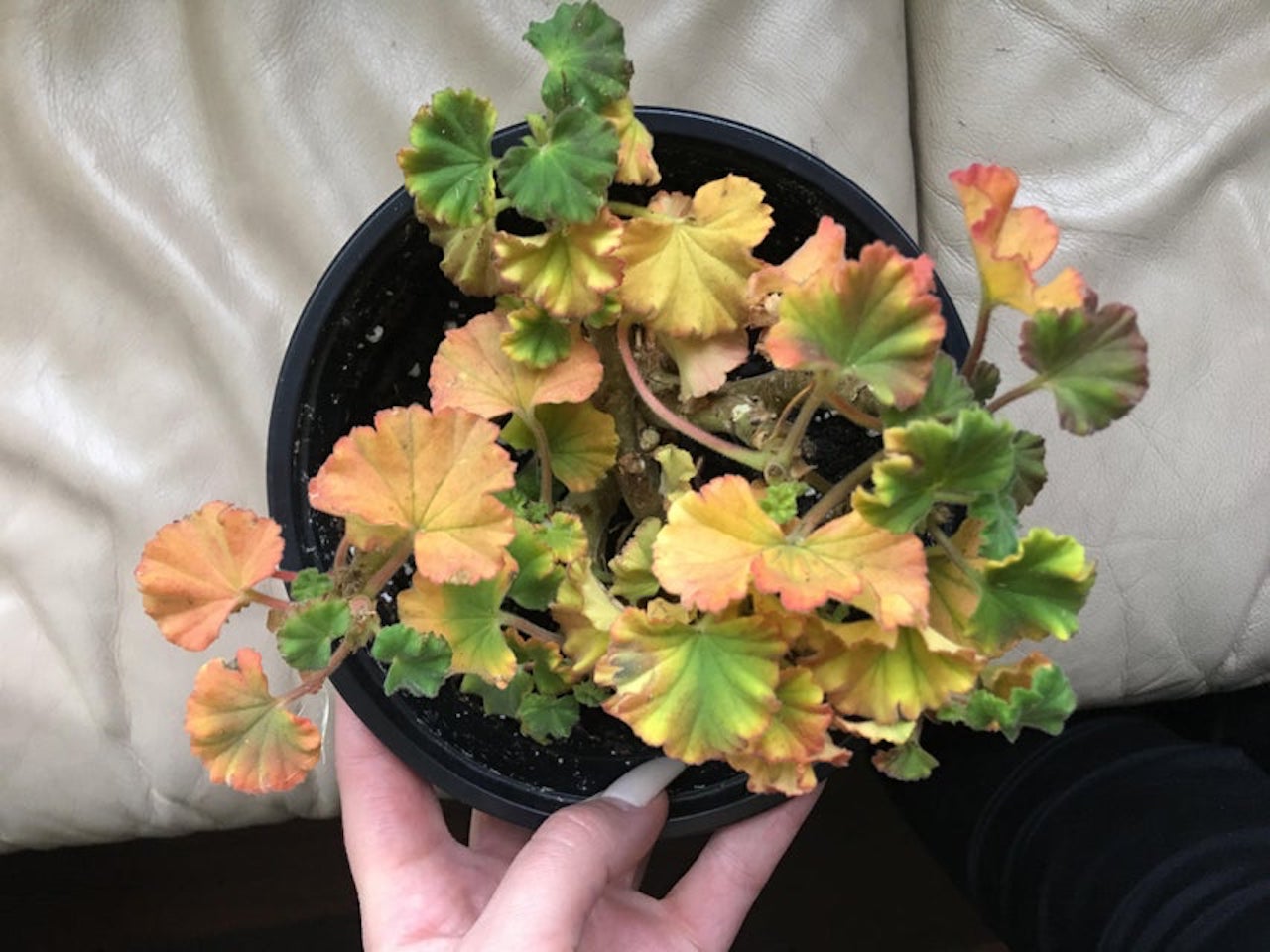
Various pests, such as the geranium or African butterfly, the geranium whitefly, the geranium borer, or the spider mite, can infect geraniums. When you notice a large number of these critters, you should trim the afflicted sections of the plant and apply a plant-safe insecticide.






